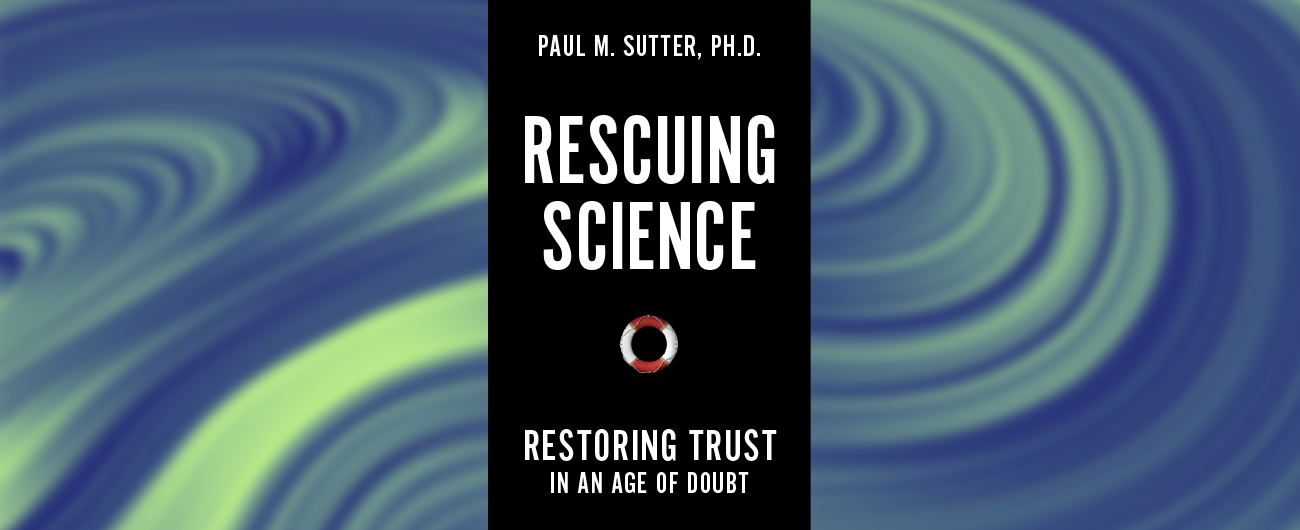
Lowell Lecture
Rescuing Science: Restoring Trust in an Age of Doubt
Date & Time
Feb. 7, 2024 at 7 p.m. - 8:30 p.m.
Location
Museum of Science
1 Science Park Boston, MA 02114
Driving Directions
Speaker(s)
Paul M. Sutter is a theoretical cosmologist at the Institute for Advanced Computational Science at Stony Brook University and a guest researcher at the Center for Computational Astrophysics at the Flatiron Institute in NYC. He is an award-winning science communicator, having authored two books, Your Place in the Universe and How to Die in Space, and hosting several TV shows, including How the Universe Works, Space Out, and The Edge of Knowledge. He also writes and hosts his own Ask a Spaceman podcast, which has been downloaded over 7 million times.
Lastly, Sutter is a globally recognized leader in the intersection of art and science. His latest collaboration is a production with Syren Modern Dance that explores the nature of time, which he recently performed as a United States Cultural Ambassador at the World Expo in Dubai. Find out more at pmsutter.com.
Presenting Organization
Topics
Contact
SubSpace (subspace@mos.org, 617-723-2500)
Award-winning science communicator and theoretical cosmologist, Paul M. Sutter returns to the Museum to celebrate his newest release!
Rescuing Science: Restoring Trust in an Age of Doubt is the product of Sutter's long career in the scientific community, both inside and outside academia. Interweaving his own experiences as an astrophysicist with broader trends observed by himself and others, Sutter roots the current distrust of science within the academic science community itself. Throughout this book, Sutter reveals a community that has come to disregard the broader public, is obsessed with winning grants, ignores political landmines, limits the entrance of minorities, and permits fraud in the pursuit of notoriety.
Sutter tackles these and other issues through the lens of a vicious cycle, where public mistrust and misunderstanding of science leads to fewer funding opportunities, which leads to more competition within science, which leads to a rise in fraud, which circles back to greater mistrust. Each chapter addresses one of the vices the academic science community has allowed to perpetuate, the sum of which he likes to an illness of the soul of science. He also explores the historical context of each issue in order to identify its root causes. Sutter concludes each chapter by providing actionable solutions for both the nonscientific and scientific communities, as well as what he regards as an ideal and healthy scientific approach, which will lead to a greater public trust.